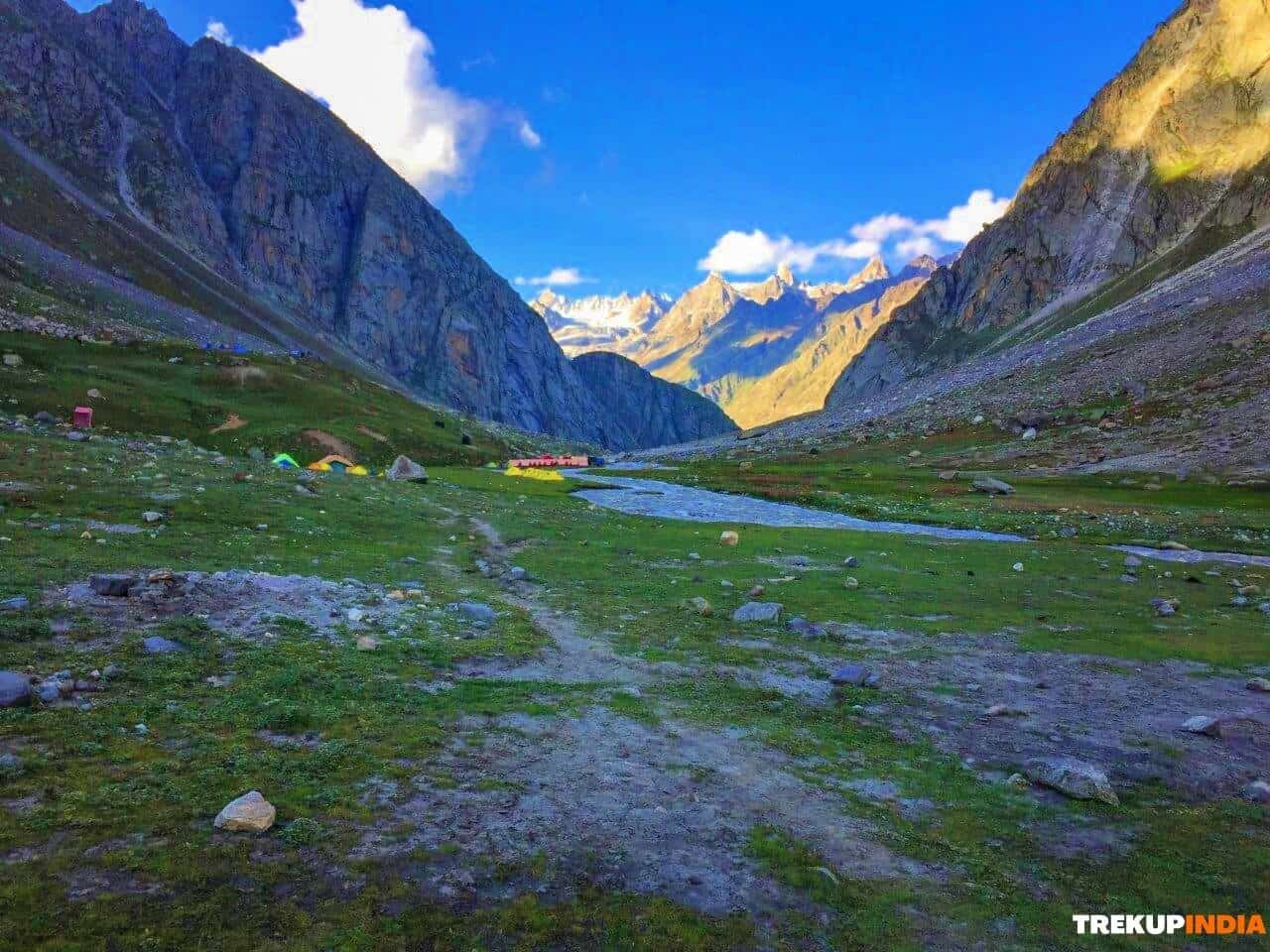Arnala Fort Trek
Arnala Fort Trek
| Region: | Mumbai |
| Duration: | 1 Day |
| Trek grade: | Easy |
| Maximum altitude: | 100 ft |
| Best Time to Visit: | September – October |
The Arnala Fort Trek is a short and easy walk to the top of this hill. It is suitable for both kids and the elderly. Though the climb to the top is a bit difficult, they can still enjoy the view of the fort. The fort is situated close to a fishing village, so you can stop by there for a refreshing swim if you like. The fort is not very large, so you can also bring along a picnic basket to keep the food fresh.
The Arnala fort is located on an island in the middle of the Arabian Sea, and is inhabited by local fishermen. The walk is only about two hours, and it is completely flat and doesn’t require too much physical fitness. However, you will need some water for the trek, and you should make sure to carry plenty of snacks and water. To reach the fort, you’ll need a car or a bike, but if you prefer the comfort of a bus, you can opt for a local one.
The fort is a great place to explore for a day, but you should plan it well. There are plenty of scenic spots to see from the fort’s trails. You will find the best views of the Arabian Sea, as they overlook this pristine ocean. Just make sure you have a camera handy to capture the amazing view. While you’re at it, take your time, you’ll be glad you did.
The Arnala fort is an island in the Mumbai harbour. There are many fishermen living there. This trek is easy, and doesn’t require much fitness. To get there, take a train to the nearby Virar station. From there, you’ll be five minutes away from the fort. The bus to the fort departs every 15 minutes, and costs Rs 13. It is recommended that you carry a water bottle and some snacks as the hike will be long and tiring.
After a meal, you’ll be able to continue hiking through the deserted island. The trip takes approximately 2 hours, and the trail is flat and moss-covered. You’ll be rewarded with stunning views of the Arabian Sea. After the trek, you can explore the fort’s museum and view the fort’s remnants of old weapons. The fort is worth the climb to the top.
The Arnala Fort Trek offers panoramic views of the Arabian Sea. It is accessible via ferry or train, and it is an easy day-long trek from the nearby city of Mumbai. The fort has a beautiful octagonal reservoir that still contains water. Despite the fact that the fort is an island, it is a great place to see a sunrise or sunset. There is a beautiful park here for families to enjoy, and the sunset is a spectacular way to end the trip.
The fishing village
The Arnala Fort is situated on an island which the people of the area have transformed into an island village for fishing. To see how fishermen earn a living here is quite fascinating. Begin an exchange with a local or maybe even get on an fishing vessel
The Arnala Fort
The fort itself is not in good state. It’s abandoned and forlorn. However, it has an element of its own history. The fort’s position on the cliffs that overlooked the ocean was a reason it was a sought-after fort, and due to that it changed hands from the Portuguese to Marathas to British.
An island that offers stunning perspectives over the Arabian sea.
- Arnala Fort is located in close proximity to Mumbai and is an exciting one-day walk.
- It’s easily accessible by train, it is then a ferry ride to the island on which the fort is situated.
- The fort has stunning 360-degree views across The Arabian sea!
- If only for this view particularly if you enjoy the sunset from this spot This hike is totally worth it!
- Also, you’ll be able to observe how a fishing community operates.
Want To Trek Like Pro?
Check out the following videos if you want to trek like a pro trekker and improve your skills. These videos contain helpful tips, tricks, and techniques to help you trek like a pro. Whether you’re a beginner or an experienced trekker, these videos can provide valuable insights to enhance your trekking experience. So, watch the videos below by Trekup India experts to take your trekking skills to the next level.







Know Everything About Acute Mountain Sickness
Acute Mountain Sickness is a medical condition that can occur when individuals travel to high altitudes, typically above 8,000 feet. It is caused by the decrease in air pressure and oxygen levels in the air as altitude increases. Symptoms of Acute Mountain Sickness may include headache, nausea, vomiting, dizziness, and difficulty sleeping. To avoid Acute Mountain Sickness, it is important to gradually adjust to high altitudes and seek medical attention if symptoms worsen. To learn more about this condition, check out the videos by Trekup India.









